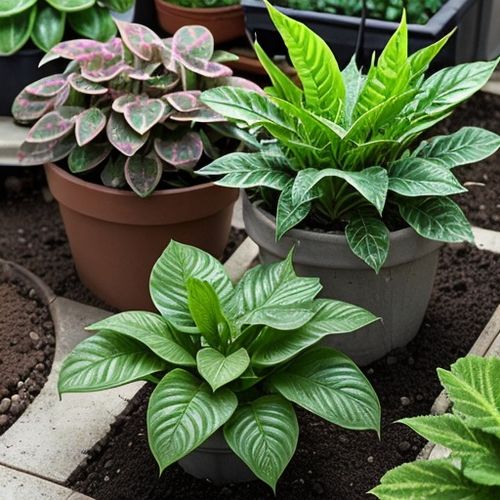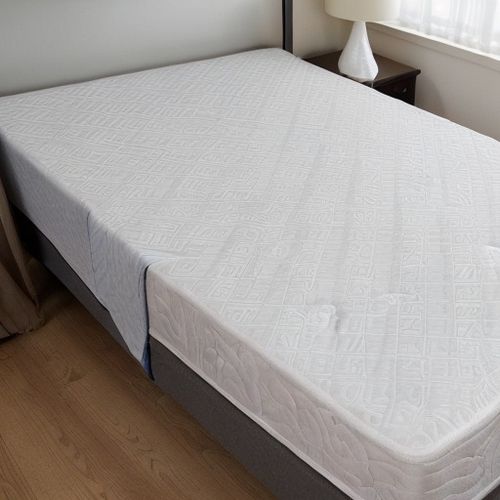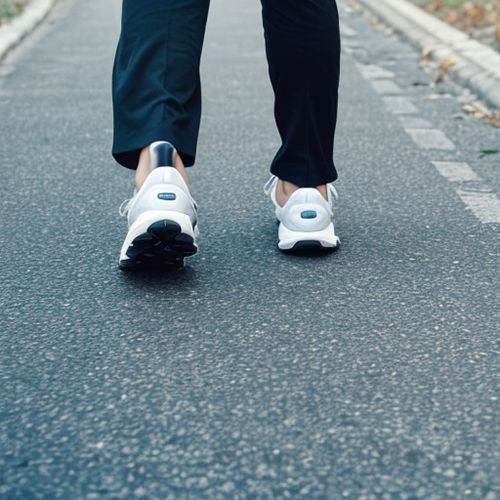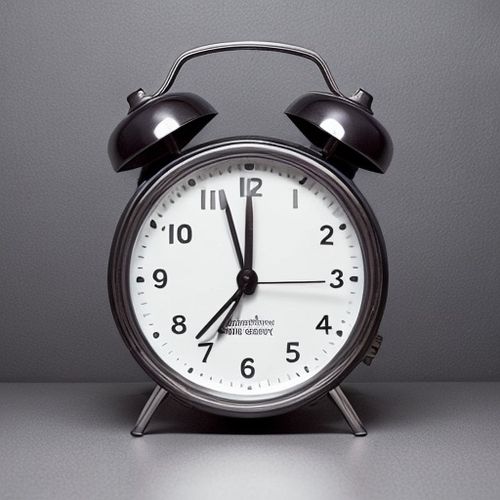The idea of walking 10,000 steps a day has become a widely accepted fitness goal, promoted by health enthusiasts, wearable tech companies, and even some medical professionals. But where did this number come from, and is there any real science behind it? Surprisingly, the origins of the 10,000-step benchmark are more marketing than medicine. The concept gained traction in the 1960s when a Japanese pedometer company, Yamasa Clock, released a device called "Manpo-kei," which translates to "10,000 steps meter." The round number was catchy and easy to remember, making it an effective selling point. Over time, the idea spread globally, evolving into a default daily target for physical activity.
Despite its commercial beginnings, research has since explored whether 10,000 steps is a meaningful goal. Studies suggest that increasing daily steps can indeed improve cardiovascular health, reduce the risk of chronic diseases, and enhance mental well-being. However, the exact number isn’t universally supported by science. For some, especially those who are sedentary, even a smaller increase in steps can yield significant benefits. Conversely, highly active individuals might need more to see further improvements. The key takeaway is that movement matters, but the magic number isn’t set in stone.
Is 10,000 steps realistic for everyone? For many, hitting this target can feel daunting, especially for those with busy schedules or physical limitations. A study published in the Journal of the American Medical Association found that older women who walked just 4,400 steps a day had lower mortality rates than those who walked fewer steps, with benefits leveling off around 7,500 steps. This suggests that while more steps can be beneficial, the 10,000-step goal may be unnecessarily high for some populations. Tailoring step goals to individual fitness levels and lifestyles might be a more practical approach.
Another consideration is the intensity of steps. Not all steps are created equal. A brisk walk that elevates your heart rate likely offers more health benefits than a leisurely stroll. Research indicates that incorporating periods of moderate to vigorous activity—even if it means fewer total steps—can be equally, if not more, effective. For example, a 20-minute brisk walk might provide similar cardiovascular benefits as a longer, slower walk with more steps. This challenges the notion that quantity alone is the best measure of success.
What are the alternatives to counting steps? For those who find step-tracking tedious or unattainable, other forms of movement can be just as valuable. The World Health Organization recommends at least 150 minutes of moderate-intensity aerobic activity per week, which could include cycling, swimming, or dancing. Strength training, yoga, and even household chores that get you moving can contribute to overall fitness. The focus should be on finding enjoyable, sustainable activities rather than fixating on a specific step count.
Wearable technology has made step counting easier than ever, but it’s important to remember that these devices are tools, not arbiters of health. Obsessing over hitting 10,000 steps every day can lead to frustration or even injury for some. Listening to your body and setting realistic, personalized goals is far more important than chasing an arbitrary number. After all, the best exercise routine is one you can stick with long-term.
In conclusion, while walking 10,000 steps a day is a commendable goal with proven health benefits, it’s not the only path to fitness. The science supports the idea that regular movement—whether it’s steps, minutes of activity, or a mix of exercises—is what truly matters. By focusing on consistency and enjoyment, you can build a healthier lifestyle without feeling bound to a single metric.

By Thomas Roberts/Apr 25, 2025

By Daniel Scott/Apr 25, 2025

By Thomas Roberts/Apr 25, 2025

By Daniel Scott/Apr 25, 2025

By Lily Simpson/Apr 25, 2025

By Megan Clark/Apr 25, 2025

By Christopher Harris/Apr 25, 2025

By Amanda Phillips/Apr 25, 2025

By John Smith/Apr 25, 2025

By Michael Brown/Apr 25, 2025

By Daniel Scott/Apr 25, 2025

By Olivia Reed/Apr 25, 2025

By Elizabeth Taylor/Apr 25, 2025

By James Moore/Apr 25, 2025

By John Smith/Apr 25, 2025

By William Miller/Apr 25, 2025

By Daniel Scott/Apr 25, 2025

By Emma Thompson/Apr 25, 2025

By James Moore/Apr 25, 2025

By Ryan Martin/Apr 25, 2025